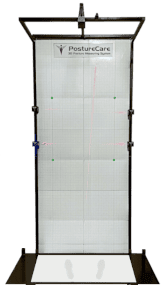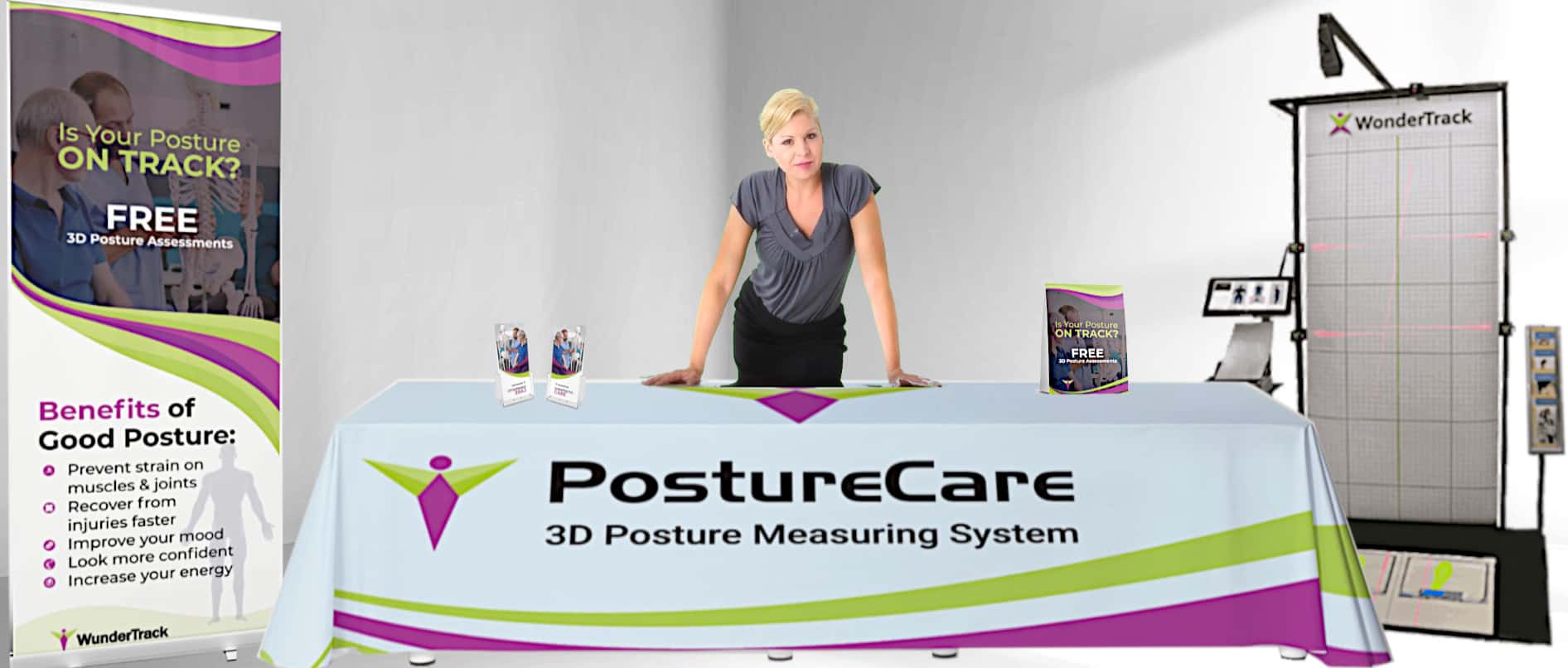 Introduction
Introduction
Maintaining good posture and spinal health is crucial for overall well-being, and various tools and methods are employed to assess and address postural issues. Two commonly used techniques are postural charts and POSTURECARE (Structural Analysis of the Spine) posture screening. In this article, we will explore the pros and cons of these approaches to help individuals and healthcare professionals make informed decisions about which method may be more suitable for their needs.
Postural Charts: Pros and Cons
Postural charts are visual representations of ideal and improper postures. They serve as a reference guide to assess an individual’s alignment and identify deviations from the norm. Here are the pros and cons associated with using postural charts:
Pros:
- **Visual Reference:** Postural charts provide a clear visual reference for ideal posture. This can be helpful for individuals to understand what proper alignment looks like and make corrections accordingly.
- **Easy to Use:** Postural charts are user-friendly and require minimal training. Practitioners and individuals alike can quickly refer to these charts to assess posture without the need for specialized equipment.
- **Cost-Effective:** Compared to some high-tech screening tools, postural charts are cost-effective. They are readily available online or in printed form, making them accessible to a wide range of users.
- **Educational Tool:** Postural charts are excellent educational tools. They can be used by healthcare professionals to explain postural concepts to patients and guide them in making necessary adjustments.
Cons:
- **Subjectivity:** One of the main drawbacks of postural charts is their subjective nature. Assessments are based on visual interpretation, which can vary from person to person. This subjectivity may lead to inaccuracies in identifying specific postural issues.
- **Limited Information:** Postural charts may not provide a comprehensive analysis of spinal health. They focus primarily on external alignment and may not capture internal issues or dynamic aspects of posture during movement.
- **Inability to Measure Progress:** While postural charts are useful for initial assessments, they may lack the ability to measure progress over time accurately. This limitation can hinder the tracking of improvements in posture and may necessitate additional assessment tools.
POSTURECARE Posture screening: Pros and Cons
POSTURECARE posture screening, on the other hand, is a more advanced method that utilizes technology to assess spinal alignment. The POSTURECARE system typically involves the use of a handheld device that captures spinal images and provides quantitative data. Let’s explore the pros and cons of POSTURECARE posture screening:
Pros:
- **Objective Data:** POSTURECARE posture screening provides objective data, reducing the subjectivity associated with visual assessments. The quantitative measurements offer a more precise understanding of spinal alignment and deviations.
- **Comprehensive Analysis:** POSTURECARE can provide a more comprehensive analysis of the spine, including information about scoliosis, spinal translations, and other dynamic factors. This comprehensive data can aid healthcare professionals in developing targeted treatment plans.
- **Progress Tracking:** POSTURECARE allows for accurate tracking of changes in spinal alignment over time. This feature is valuable for monitoring the effectiveness of interventions and making data-driven adjustments to treatment plans.
- **Patient Engagement:** The visual representation of spinal data generated by POSTURECARE can be a powerful tool for patient engagement. It helps individuals understand their unique posture profile and motivates them to actively participate in corrective measures.
Cons:
- **Cost:** Implementing POSTURECARE posture screening can be more expensive than using traditional postural charts. The initial investment includes the cost of the equipment and training for healthcare professionals.
- **Complexity:** The use of POSTURECARE requires specialized training, and interpreting the data may be complex. Healthcare professionals need to invest time in learning how to use the technology effectively.
- **Limited Accessibility:** POSTURECARE posture screening may not be as readily available as postural charts, especially in smaller healthcare facilities or community settings. This limited accessibility can hinder widespread adoption.
Conclusion
In the quest for improved posture and spinal health, both postural charts and POSTURECARE posture screening offer unique advantages and face specific limitations. The choice between these methods depends on factors such as budget constraints, the need for objective data, and the level of expertise available. Postural charts remain a simple and cost-effective tool for initial assessments, while POSTURECARE posture screening provides more in-depth and quantitative analysis for those seeking a comprehensive approach to spinal health. Ultimately, the decision should be based on individual needs, resources, and the desired level of precision in assessing and addressing postural issues.














 Introduction
Introduction
